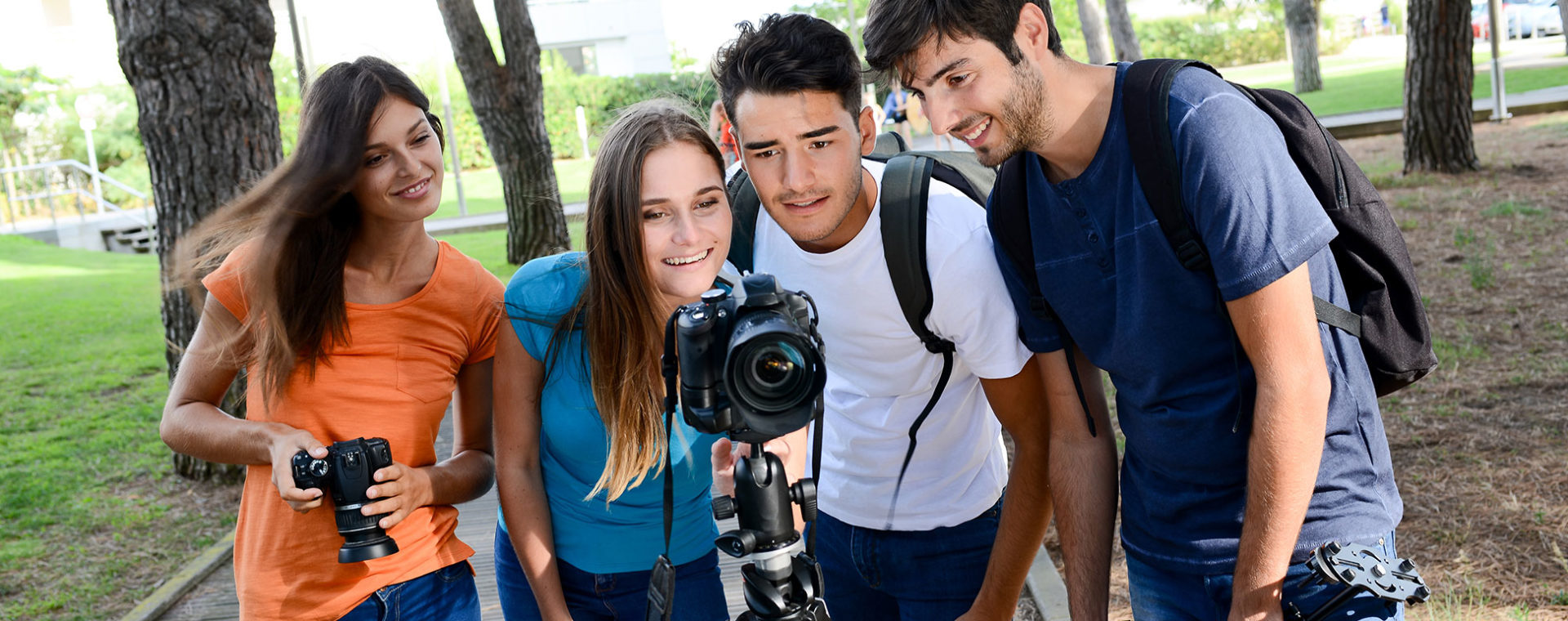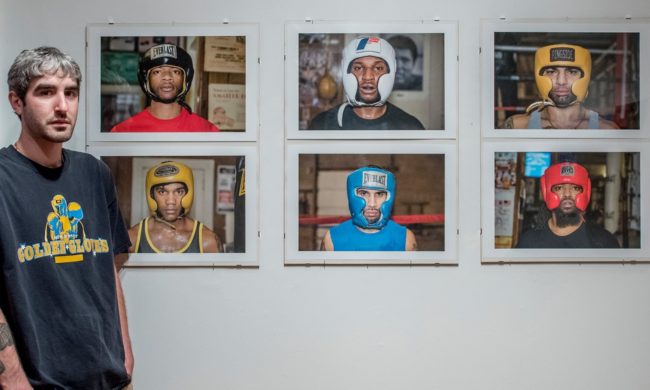Photography
Brookdale’s Photography department teaches you how to see the world through photographs – from the history and aesthetics of photography to its evolution to a medium of documentation, communication, and personal expression. You will see how photographs tell a story – from the documentary pictures of the American Civil War to the fine art nature images of Ansel Adams.
You’ll learn how to use all types of cameras, and how to determine the best medium to showcase your artistic intent – be it a large-format camera or the latest digital SLR. In addition, you’ll learn all the techniques of darkroom developing and the beauty of black and white imagery.
The Bureau of Labor Statistics includes the following list of possible careers for students with Associate degrees:
Portrait photographers take pictures of individuals or groups of people and usually work in their own studios. Photographers who specialize in weddings, religious ceremonies, or school photographs may work on location.
Commercial and industrial photographers take pictures of various subjects, such as buildings, models, merchandise, artifacts, and landscapes. These photographs, which frequently are taken on location, are used for a variety of purposes, including magazine covers and images to supplement analyses of engineering projects.
Aerial photographers travel in planes or helicopters to capture photographs of buildings and landscapes. They often use cameras with gyrostabilizers to counteract the movement of the aircraft and ensure high-quality images.
Scientific photographers focus on the accurate visual representation of subjects and therefore limit the use of image manipulation software to clarify an image. Scientific photographs record scientific or medical data or phenomena. Scientific photographers typically use microscopes to photograph subjects.
News photographers, also called photojournalists, photograph people, places, and events for newspapers, journals, magazines, or television. In addition to taking still photos, photojournalists often work with digital video.
Fine arts photographers sell their photographs as artwork. In addition to having technical knowledge of subjects such as lighting and the use of lenses, fine arts photographers need artistic talent and creativity. Most use traditional film instead of digital cameras.
University photographers serve as general photographers for academic institutions. They may be required to take portraits, document events, or take photographs for press releases. University photographers are found primarily in larger academic institutions, because smaller institutions often contract with freelancers to do their photography work.
 Bookstore
Bookstore  Self Service
Self Service  Video Library
Video Library 

